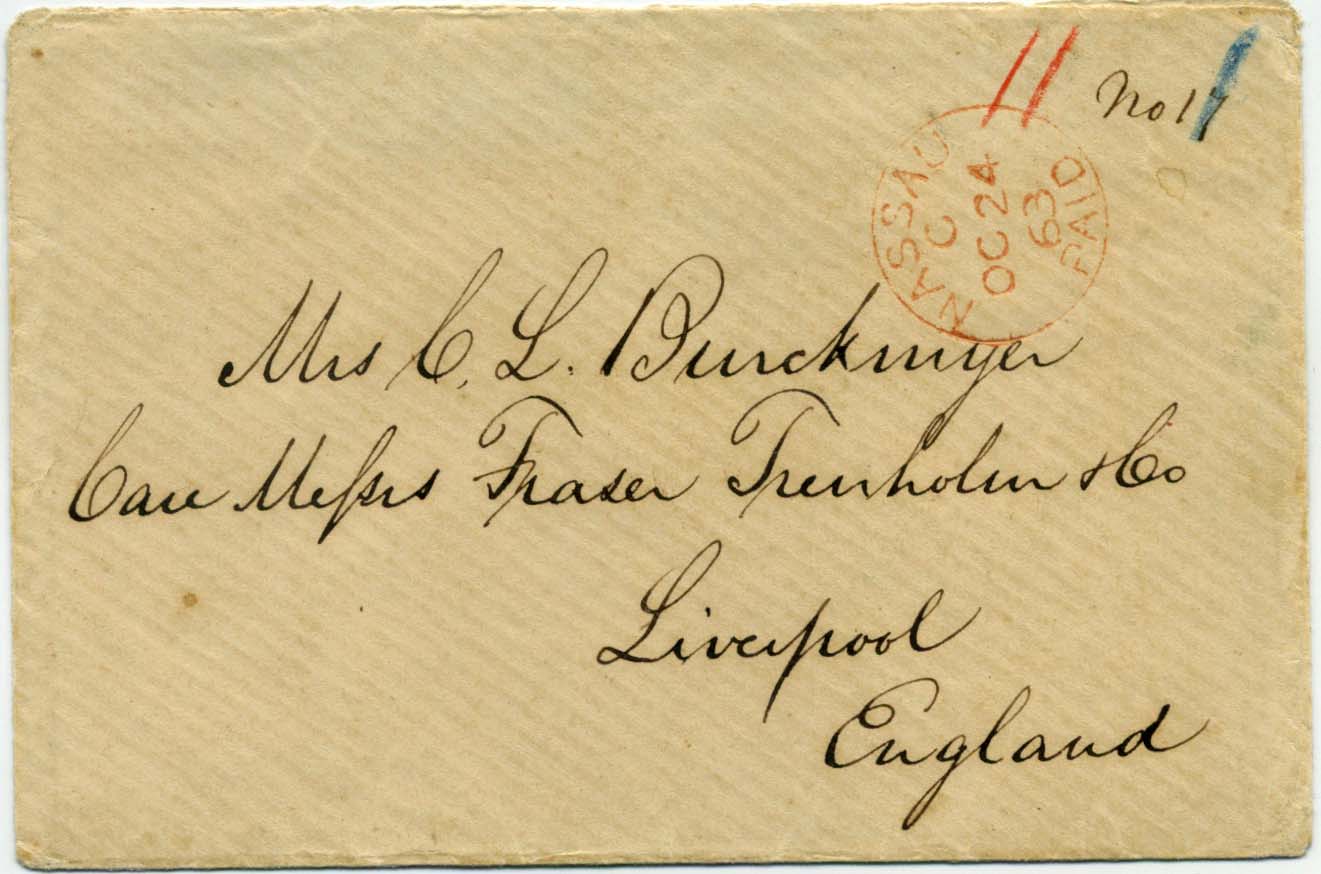-
Confederate Postal History
- CSA 1 on Cover, Section 1
- CSA 1 on Cover, Section 2
- CSA 2 on Cover
- CSA 3 on Cover
- CSA 4 on Cover
- CSA 5 on Cover
- CSA 6 on Cover
- CSA 7 on Cover Section 1
- CSA 7 on Cover Section 2
- CSA 8 on Cover
- CSA 9 on Cover
- CSA 10 on Cover
- CSA 11 on Cover Section 1
- CSA 11 on Cover Section 2
- CSA 11 on Cover Section 3
- CSA 12 on Cover Section 1
- CSA 12 on Cover Section 2
- CSA 12 on Cover Section 3
- CSA 13 on Cover
- Advertising and College Covers
- Blockade-Run Mail
- Confederate Patriotic Covers Section 1
- Confederate Patriotic Covers Section 2
- Independent State & US Used in Confederacy Section 1
- Independent State & US Used in Confederacy Section 2
- Miscellaneous Section 1
- Miscellaneous Section 2
- Mourning Covers
- Official Semi-Official and State Imprints Section 1
- Official Semi-Official and State Imprints Section 2
- Postmasters' Provisionals on Cover Section 1
- Postmasters' Provisionals on Cover Section 2
- Postmasters' Provisionals on Cover Section 3
- Prisoner of War & Cilvilian Flag of Truce Section 1
- Prisoner of War & Cilvilian Flag of Truce Section 2
- Prisoner of War & Cilvilian Flag of Truce Section 3
- Railroad Covers
- Sternes Correspondence
- Wallpaper Covers
- Confederate Stampless
-
Confederate Stamps
- Essays, Proofs, Private Printings
- Postmasters' Provisionals Section 1
- Postmasters' Provisionals Section 2
- Confederate Use of US Postage
- CSA 1 5 Cents Lithograph
- CSA 2 10 Cents Lithograph
- CSA 3 2 cents Lithograph
- CSA 4 5 cents Lithograph
- CSA 5 10 Cents Lithograph
- CSA 6 5 Cents Typograph
- CSA 7 5 Cents Typograph
- CSA 8 2 Cents Engraved
- CSA 9 10 Cents Engraved
- CSA 10 10 Cents Engraved
- CSA 11 10 Cents Engraved, Section 1
- CSA 11 10 Cents Engraved, Section 2
- CSA 12 10 Cents Engraved, Section 1
- CSA 12 10 Cents Engraved, Section 2
- CSA 13 20 Cents Engraved
- CSA 14 1 Cent Typograph
- Philatelic Literature
Navigate from drop-down boxes above or TABLE OF CONTENTS
In lot descriptions:
SCV = Scott Catalogue Value
CCV = 2012 CSA Catalog Value
Unused = no gum unless noted
Content anywhere underlined in blue is a clickable link - follow it
CSA Catalog vs. Scott Color Designation Chart
Click on thumbnails to enlarge
and see full item information
Please use Secure Interactive Order Form and carefully read the
Ordering and Sales Policies page before ordering.

Item# 19638
Price: $2,000
Outgoing blockade-run cover from Charleston, S.C., to Liverpool, England, via Wilmington and Nassau, Bahamas. Small commercially-made cover on laid paper addressed to Mrs. C. L. Burckmyer, Care of Fraser Trenholm & Co., Liverpool, England, "B. Duncan ADC" censor marking on back (COVER VERSO) applied by Col. B. Duncan at Wilmington (Provost Marshal until Sep. 12, 1863); entered British mails with red "Nassau Paid OC 24 63" CDS, prepaid 1sh with red crayon "11" credit and blue crayon "1" (1p retained by Bahamas P.O.), Liverpool Nov. 14 receiving backstamp. Extremely fine and rare censored outbound blockade-run cover to England. The letter that was contained in this envelope (number 17, which no longer accompanies) is datelined "Charleston 23 Sep. 1863" from Cornelius L. Burckmyer. Carried on blockade-runner General Beauregard, dep. Wilmington Sep. 30, 1863, arr. Nassau Oct. 4; held by agent until next New York steamer departure; carried on Cunarder Corsica, dep. Nassau Oct. 26, arr. New York Oct. 31; then Cunarder Scotia, dep. New York Nov. 4, arr. Queenstown Nov. 13; forwarded to France by Fraser Trenholm & Co. outside of mails and received at Tours Nov. 18 (according to correspondence history). The General Beauregard was purchased in Oct. 1862 by Fraser Trenholm & Co.; active Feb. to Dec. 1863, 16 for 17 in successful trips; Captain Louis Coxetter was a famed Confederate privateer and blockade-runner; chased ashore and destroyed by U.S.S. Howquah at Wilmington on Dec. 11, 1863. Special Order 156 requiring censorship of blockade-run mail took effect Aug. 11, 1863, at Charleston and Sep. 1, 1863, at Wilmington. Illustrated in Special Routes book (p. 121, census no. BO-Nas-45). Ex Birkinbine and Walske. $2,000.
The Burckmyer blockade correspondence was first offered as an original find through Kaufmann Auctions in 1981 and heavily written up in the Confederate Philatelist. The incredibly detailed letters are between two exceptionally well-educated and expressive people who often write about the nature of corresponding by flag of truce in perfectly readable hand, thus a boon to postal historians. In early 1863, Cornelius L. Burckmyer, his wife--Charlotte Rebecca Burckmyer--their daughter Mamie, and Mamie’s nurse, Ann Maguire, were in France. Burckmyer decided to return to the Confederacy to do whatever he could to support the cause. He left his family in France to return to their home in Charleston. Burckmyer owned stock in blockade runners and seemed to know which port was the most likely to be successful in getting mail through. Many of his letters told of his trials with blockade runners. Without the content of these letters, we would not know today where these letters passed through the blockade. In 1929, a book was published by the family which includes all the text of the letters. The letters shed much light on the blockade runners.
